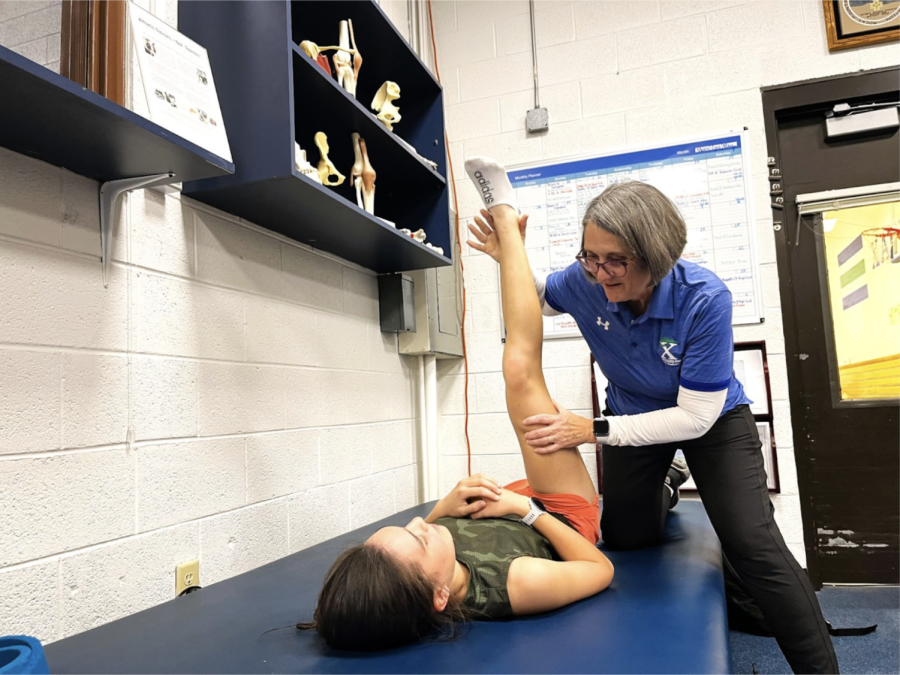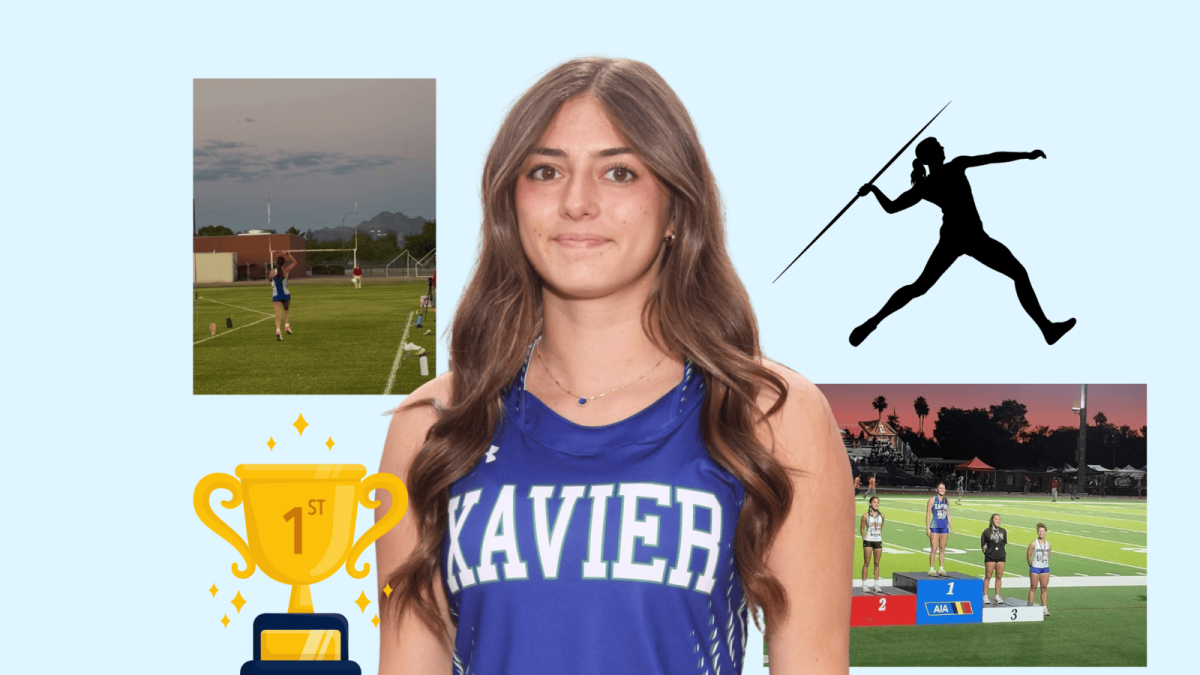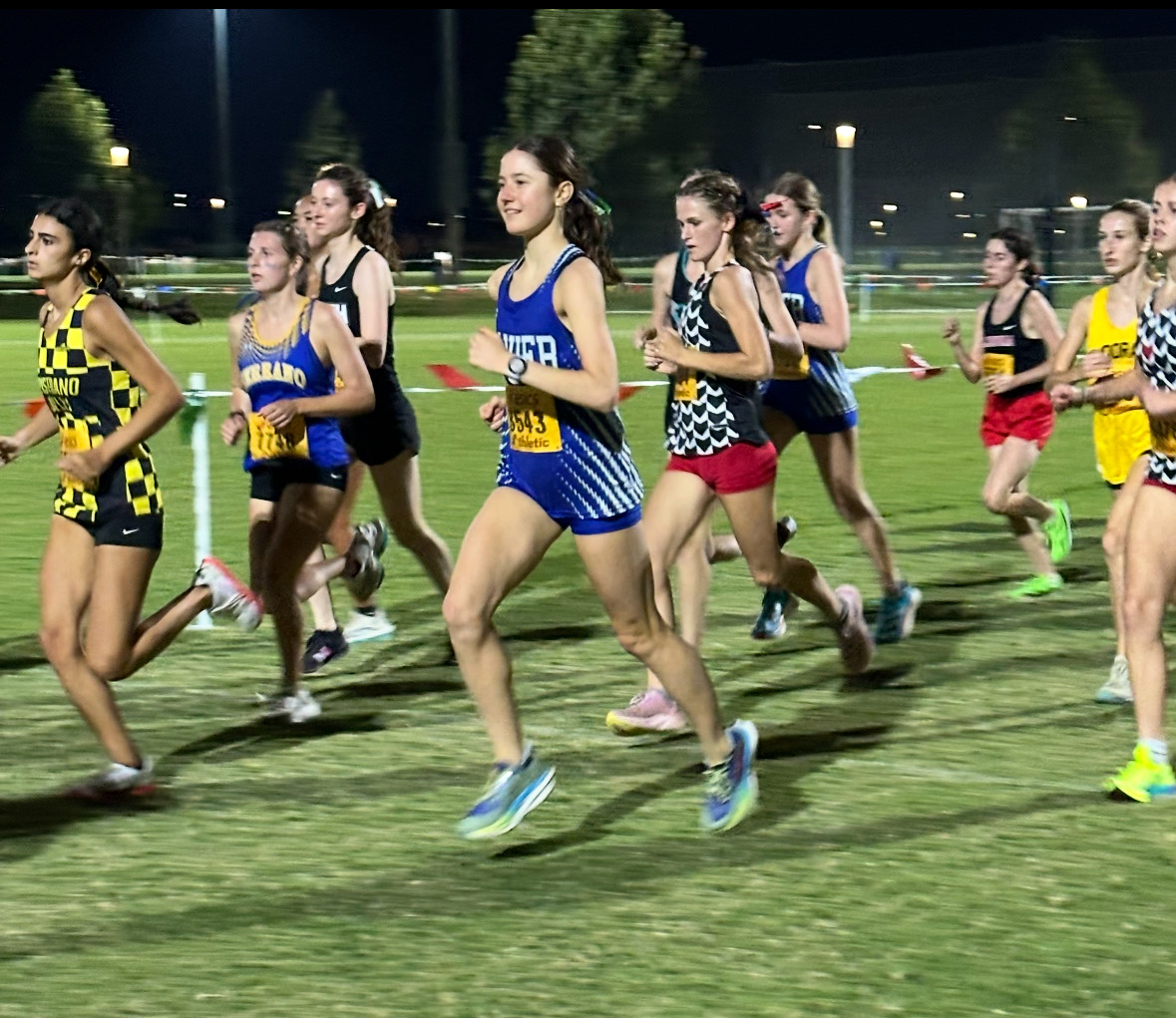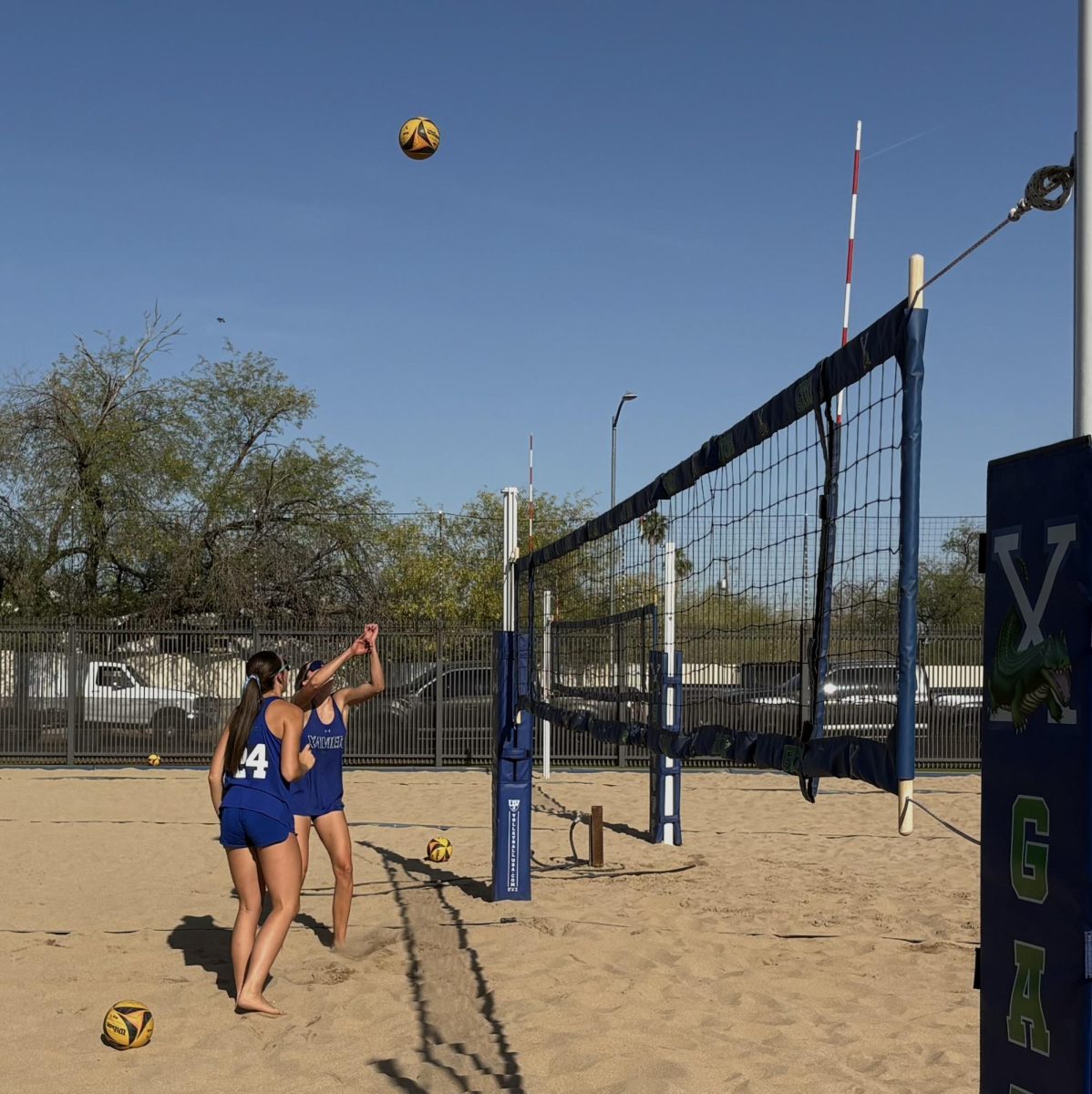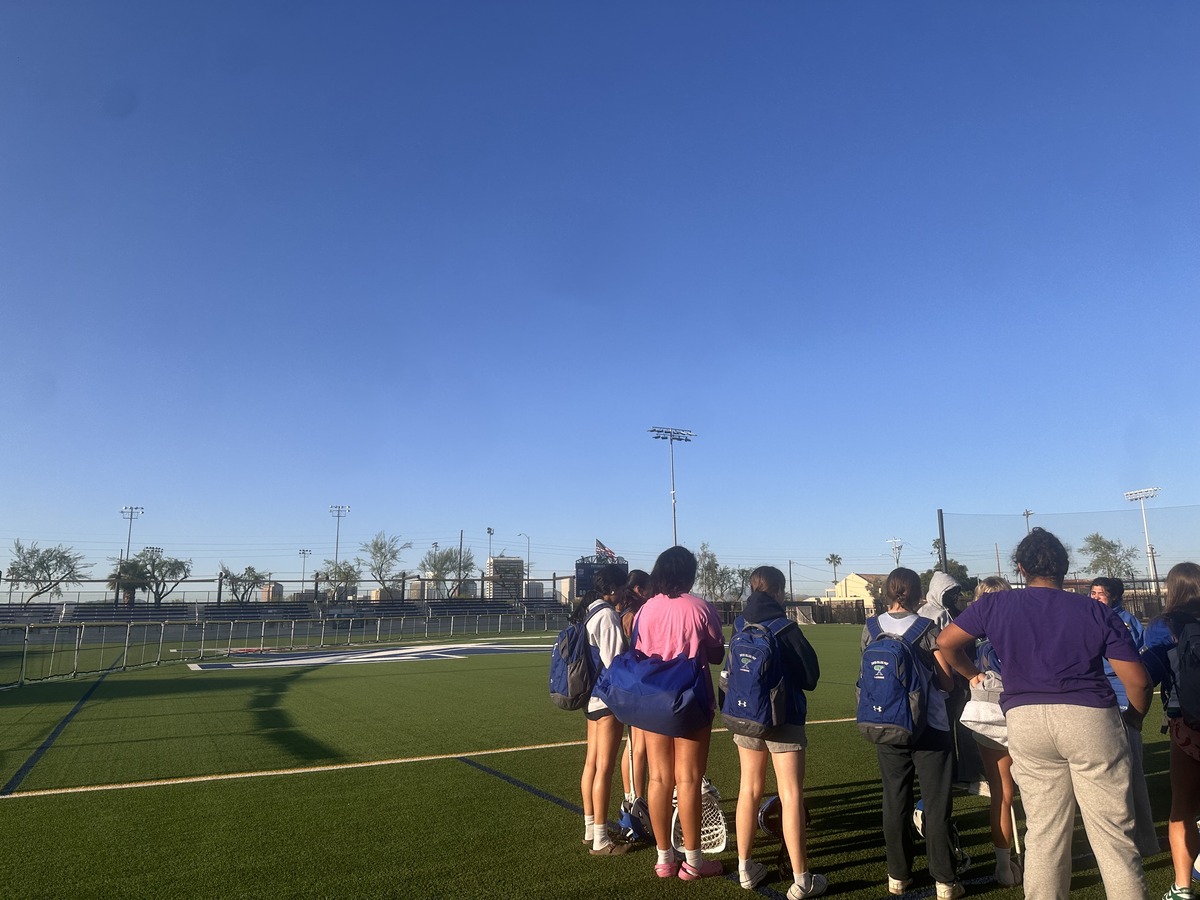Four years ago, at a basketball game.
On the sidelines there was a person in what appeared to be a uniform of some sort, attentively watching athletes.
“Hey, who is that person on the sidelines, there?” I asked my friend during a fast break.
“Oh, I don’t know. I think they’re there in case one of the athletes gets injured and they’ll be there to help them.”
According to the National Athletic Trainers’ Association (NATA), an athletic trainer or AT is a “highly qualified, multi-skilled health care professional who renders service or treatment, under the direction of or in collaboration with a physician, in accordance with their education, training and the state’s statutes, rules and regulations.”
In the athletic world, there is a misconception about what an athletic trainer is, and that involves the “forbidden ‘T’ word” used alone.
When you hear the words “athletic trainer” you may instantly think they just train athletes; however, they do more than what their title reveals.
The title of athletic trainer has been around ever since NATA was formed in the 50s, “well before there were personal trainers and other types of exercise specialists,” said Xavier’s certified head athletic trainer Laurie White.
White has been a member of NATA since 1985, but before that she once wanted to be a physical therapist, until her sophomore year of high school when she learned what an athletic trainer was and she then said to herself, “That’s it.”
Oftentimes an athletic trainer is either compared or confused with personal trainers or another type of exercise specialist who helps people work on fitness goals or strength goals.
“We know how to do that but we take care of injuries. So as healthcare providers every one of us has a master’s degree; whereas personal trainers might go to a weekend workshop, which is why we don’t want to be referred to as a ‘trainer’ because there is no real standard for calling someone a personal trainer or a trainer,” said White.
To become an AT it takes approximately four years to earn a bachelor’s degree and then an additional two years to achieve a master’s degree.
Those years comprise many types of classes that range from anatomy, physiology, kinesiology, to sports medicine and other science-based classes.
Hannah Duszynski, a Xavier athletic trainer, feels that one of the biggest challenges of being an AT is the perception that many people have of ATs.
“People don’t realize our skill level, expertise and the amount of knowledge that we have, and I think that’s a huge barrier to being able to provide good care to athletes. We need to educate people and teach them about what we are so that they know they have someone to confide in with their injuries, illnesses and everything,” said Duszynski.
A typical day for an AT is more than just applying tape and bandages. They work with athletes by evaluating injuries, developing rehabilitation or injury prevention programs, creating an environment of communication, and helping educate athletes.
As the school’s ATs, White and Duszynski have many people to provide care for such as the teams and coaches.
They communicate with teams to see the athletes’ states and sometimes, if an athlete is injured, they make sure the coaches, parents, and even the athletes themselves understand that they may need to stop and go easy on their bodies so as not to further hurt themselves.
Injured athletes are not the only ones who go to athletic trainers; in fact, even non-injured athletes go to the athletic center to stretch or check if all is well with their bodies.
Cross-country and track athlete, Bella Gomez ‘24 says, “If there are areas that feel tight or hurt [White] and [Duszynski] really know what they’re doing and they help me straighten out.”
As an athlete, Gomez expresses that the ATs have been very supportive both physically and mentally.
In track meets or at any type of sports match while the crowd is cheering and watching in awe as the athletes run and score, an AT’s eyes see what others don’t.
Their large scope of knowledge allows them to immediately see what injury an athlete may have while she is competing.
If an AT is not present when an injury occurs and the AT is trying to figure out what type of injury an athlete has it is like a “mystery [where] you gather information on the mystery and apply all your knowledge… you can zoom in on what’s injured,” said White.
There is a replete amount of knowledge an AT can offer an athlete. “Take care of your body. If you put in a lot of effort in a week of training, exercising or playing your sport you have to put an equal amount of effort in recovery, in taking care of your muscles which includes nutrition, sleep, hydration and exercise,” advises Duszynski.
Athletic trainers are not “trainers” or personal trainers or athletic therapists. They are certified healthcare providers who work in a field that involves sprains and strains but a field filled more with compassion.




